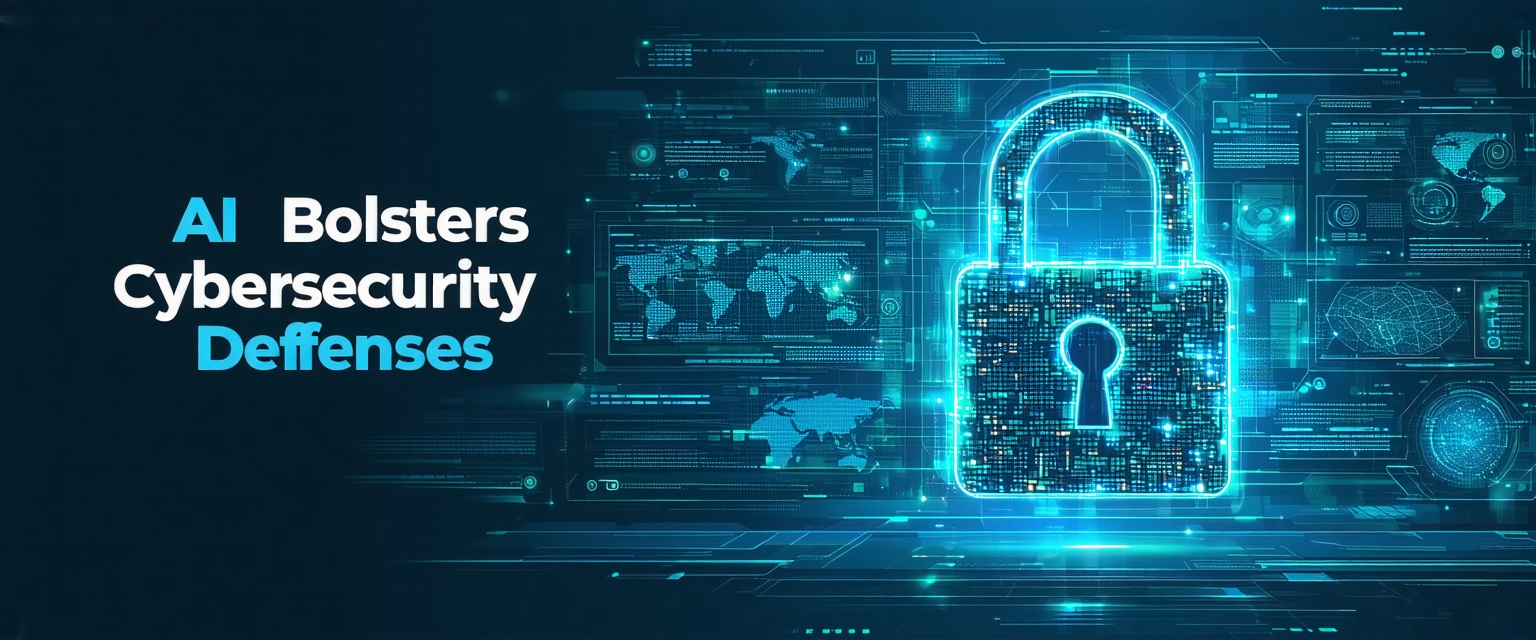






The cybersecurity landscape is constantly evolving, with threats becoming increasingly sophisticated. Recent advancements in artificial intelligence (AI) and machine learning (ML) are offering a powerful new arsenal in the fight against these threats.
Traditional cybersecurity methods often rely on signature-based detection, meaning they only identify known threats. This leaves systems vulnerable to zero-day exploits and novel attack vectors. AI and ML offer a paradigm shift, enabling systems to learn and adapt to emerging threats in real-time.
Several significant developments have emerged recently. Researchers at MIT have developed a new AI model capable of identifying subtle anomalies in network traffic indicative of sophisticated attacks with a 99% accuracy rate. Meanwhile, advancements in natural language processing (NLP) are leading to improved phishing detection, automatically identifying malicious emails with increased accuracy compared to rule-based systems. This increased accuracy is also saving significant time in incident response.
The impact of these advancements is far-reaching. Organizations can expect improved threat detection, reduced response times, and lower overall costs associated with security breaches. Furthermore, AI can automate many tedious security tasks, freeing up human analysts to focus on more strategic initiatives.
Future development will likely focus on improving the explainability of AI models, enhancing their resilience against adversarial attacks, and integrating AI more seamlessly into existing security infrastructures. Addressing the ethical considerations surrounding the use of AI in cybersecurity will also be crucial.
“`